For the first time, the reality of integrating AI into the contact center and throughout the customer journey is living up to the hype. AI agents no longer simply follow pre-programmed instructions or react to external stimuli. With the rise of agentic AI, these agents can now exhibit autonomous reasoning, goal-directed behavior, and a sense of self or agency to proactively reason, make decisions, and take action, much like humans.
Yet despite how far this technology has come, there is still one seemingly simple yet critical and often contentious decision holding organizations back from transforming their customer experience with AI. While most CX leaders want to buy a solution, technical teams usually prefer to build one.
Fortunately, there is now a third, lesser-known option that satisfies both sides of this historically binary decision, and it’s being embraced by cutting-edge, customer-first brands like Spirit Airlines. Companies now have the choice to “buy-to-build,” or invest in an agentic AI solution that offers teams the best of both worlds.
But to understand the benefits of this approach and know whether it’s right for your organization, it’s important to first discuss why technical teams often want to build, why it makes sense for CX teams to buy, and the disadvantages of each approach. Let’s explore these topics in more detail below.
Why Technical Teams Want to Build AI Solutions
Technical teams often want to harness an open-source large language model (LLM) to build an AI solution internally. Engineers are brilliant people, so there are many benefits to taking this route rather than purchasing a solution from a third-party vendor.
The first is control. In a nutshell, technical teams prefer not to be limited by what a vendor allows them to see and do. Building an AI agent from the ground up means technical teams are aware of and understand each component of the solution and exactly how everything fits together.
This gives them the flexibility to customize the AI solution as they see fit to accommodate their company’s unique processes and needs. It also allows them to make tweaks, updates, or fixes on the fly.
Safety First
Nothing is more important to technical teams than security. Many are concerned about AI vendors using sensitive company and customer data to train the models that power their offerings, leading to inadvertent data leaks.
Reputable agentic AI solutions never use customer data to train LLMs. In fact, they harness the language and communication capabilities of Generative AI (GenAI) only, combined with sophisticated conversational architecture and a process known as retrieval augmented generation (RAG), to deliver superior, safe, and secure AI agents.
In contrast, when a company buys an AI solution, the inner workings are usually obstructed from the technical team’s view, and they must also depend on the vendor for launches, improvements, and repairs. Technical folks know the company trusts them to ensure its technology is performant, secure, and cutting-edge, and they take this responsibility seriously — as they should.
Less visibility and control can make them feel far less confident in the technology and their ability to manage it effectively as if they’re locked outside a black box and don’t have a key. Last but not least, the freedom to create and the ability to be hands-on with the latest and greatest technology — agentic AI — is simply exciting for most engineers.
As Quiq’s own VP of Engineering, Matt West, said in a recent webinar, “There’s a certain element probably with most people who went into engineering where you like to invent. It’s frustrating sometimes to have to use something someone else did just because of the satisfaction level of getting to be the one who invented it. The ‘not invented here’ syndrome you hear about — you definitely have to fight against it as an engineer.”
Why It Makes Sense for CX Leaders to Buy AI Solutions
Contrary to their technical counterparts, CX leaders often prefer to purchase an AI solution to power their AI agents. And just like with building, there are many reasons why buying makes a lot of sense for businesses.
The first benefit of buying an AI solution is time — and time is money. Building an AI solution from scratch requires many tools. In fact, technical teams usually spend much more time building the enterprise-grade infrastructure necessary to support their AI agent than the agent itself!
This is just one of the reasons why it’s not uncommon for internally built AI agents never to make it to production. The last mile typically requires a level of architecture, orchestration, and real-time observability that’s difficult to achieve.
Not to mention, time and money spent trying to mitigate hallucinations, identify knowledge gaps, and nail other production-ready requirements prevent technical folks from focusing on their companies’ core competencies. Ironically, this ultimately damages the customer experience and makes CX leaders’ jobs harder.
Launching an internally built AI agent is only half the battle — maintenance and scalability are even more difficult. Agentic AII is still a fairly novel and rapidly evolving technology, which means that whatever technical teams build will likely be outdated before they’re even finished. Constant iteration is required, and the work is never truly “done.”
As companies grow, customers expect to engage with them across more than one channel, often simultaneously and across multiple conversations without having to repeat themselves. This requires internal teams to scale the agent across Apple Messages for Business, web chat, voice, SMS, WhatsApp, and more, as well as maintain these connections over time.
Working with a top AI for CX vendor removes this burden from engineers’ shoulders while ensuring customers get the seamless experiences they want and deserve by offering an optimal combination of multimodal and omnichannel interactions. In addition, out-of-the-box support for rich messaging functionality, such as buttons, templates, and notifications, enables your company to meet customers wherever they are while unlocking the full value of each channel.
The best AI agents leverage multiple LLMs for different purposes, depending on their unique strengths. Teams that decide to build either have to choose a single LLM that may not be the best solution for every scenario or maintain support for each individual model. This involves handling version updates and the deprecation of old models, all while ensuring the AI agent doesn’t experience any downtime or regressions. Why take on this risk if a vendor can do it for you?
Unlike building traditional software, standing up and maintaining an AI agent takes a village. In addition to code, it requires language and business logic expertise. Much of this falls on the CX team’s shoulders, so it makes sense to pay a vendor to support this rather than expend their own limited resources. Non-technical teams’ involvement also means that building an AI agent requires both a code-level and visual or low-code-level interface that allows all stakeholders to do their parts, which is extremely difficult to create.
Last but not least, an AI agent can’t truly thrive or add value without an ecosystem. This includes the ability to process payments, check shipping details, send customer interactions back to the CRM, seamlessly escalate to a human agent if necessary, and more.
While building an AI agent means connecting and managing dozens of APIs, most vendors provide and maintain pre-built, bi-directional integrations with today’s most popular CX tools. Some even offer the ability to embed and access their consoles directly within your CRM or helpdesk software. They also provide built-in, custom analytics capabilities that empower CX leaders to measure and improve AI agent performance over time effectively.
Buy-to-Build: The Best of Both Worlds
Building or buying an AI solution each comes with its own benefits and challenges. But today, the technology exists to bring technical and CX teams together to craft seamless AI-powered conversational experiences and choose the right blend of build versus buy for their organization.
These solutions offer technical teams the flexibility, visibility, and control they crave to build secure, custom experiences that satisfy business needs, as well as their desire to create and manage AI agents. At the same time, they save time, money, and resources handling the maintenance, scalability, and ecosystem required for CX leaders to deliver impactful AI-powered customer interactions.

Spirit Airlines embraced this “buy-to-build” approach when it embarked on a major brand overhaul for its Guest Care experience. And now, Vanessa Hardy-Bowen, Director of Guest Care & Contact Centers at Spirit, is attending the Execs in the Know Customer Response Summit to share how the airline successfully integrated AI into its customer service operations.
Register now to join us in Clearwater, FL, from March 3-4, 2025 — and be sure to catch Vanessa’s session on March 4th at 2:15 p.m. on the main stage. We hope to see you there!
Contributed blog post by Quiq.
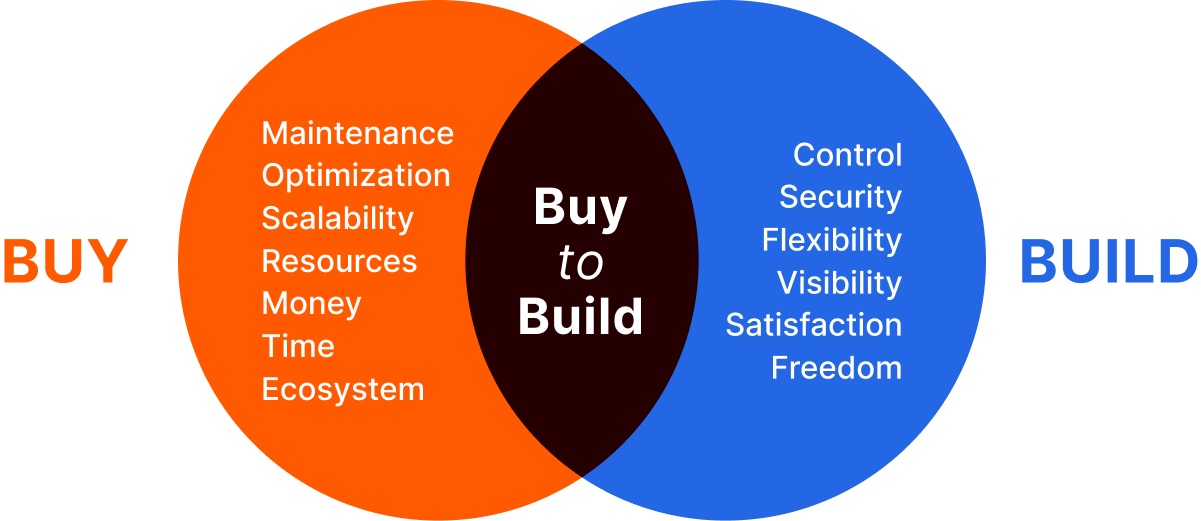
































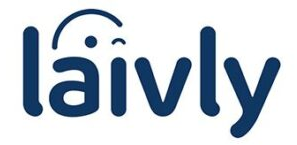



 TELUS Digital
TELUS Digital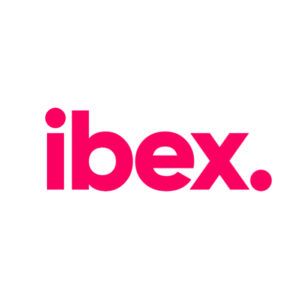 ibex delivers innovative BPO, smart digital marketing, online acquisition technology, and end-to-end customer engagement solutions to help companies acquire, engage and retain customers. ibex leverages its diverse global team and industry-leading technology, including its AI-powered ibex Wave iX solutions suite, to drive superior CX for top brands across retail, e-commerce, healthcare, fintech, utilities and logistics.
ibex delivers innovative BPO, smart digital marketing, online acquisition technology, and end-to-end customer engagement solutions to help companies acquire, engage and retain customers. ibex leverages its diverse global team and industry-leading technology, including its AI-powered ibex Wave iX solutions suite, to drive superior CX for top brands across retail, e-commerce, healthcare, fintech, utilities and logistics.



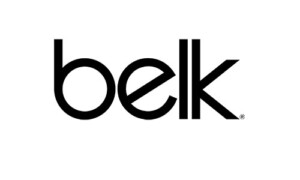















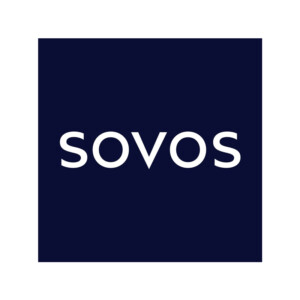


 Trista Miller
Trista Miller





























